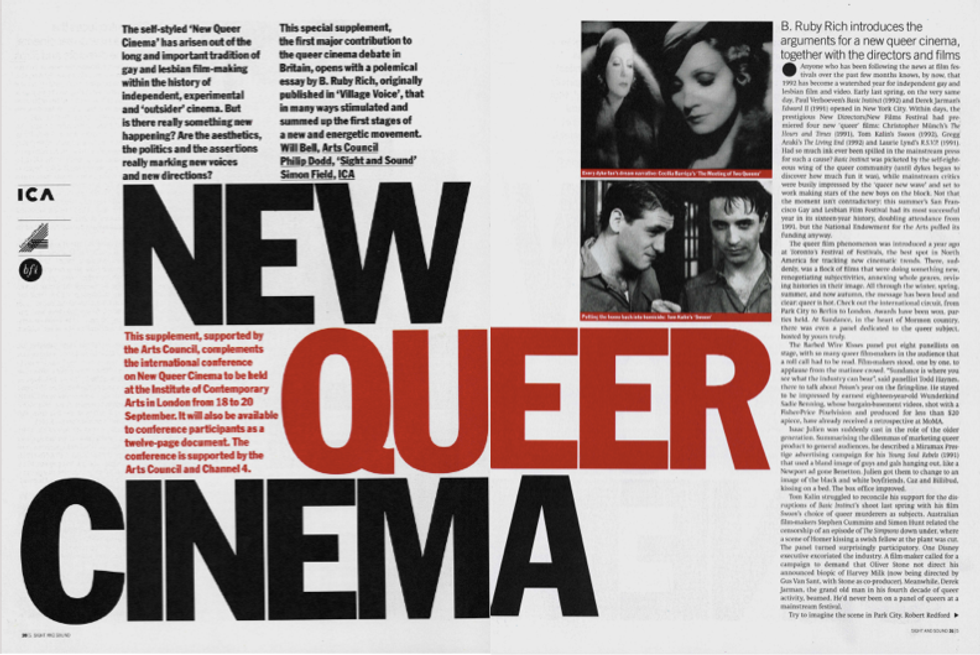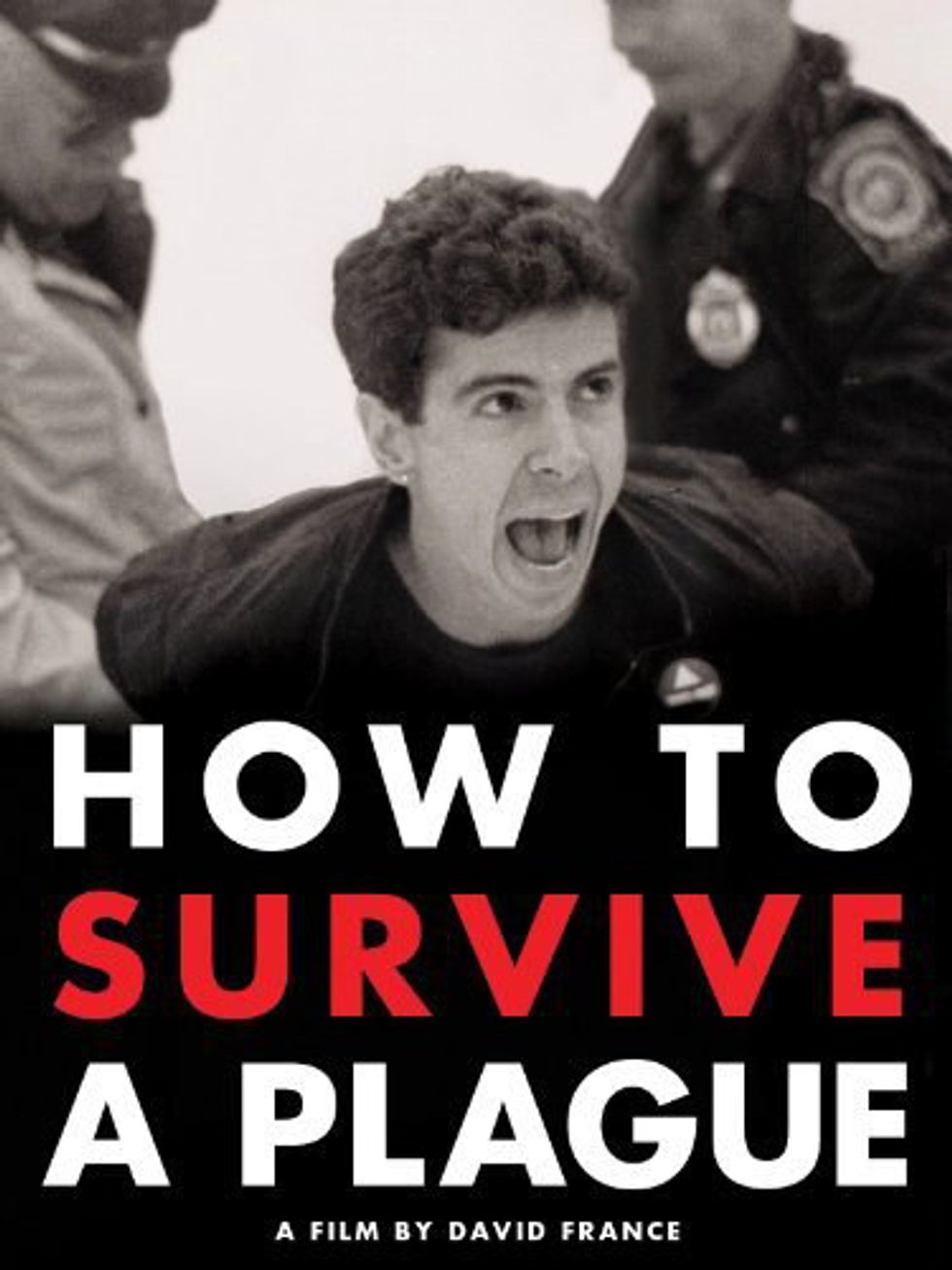What happens when you make a film about AIDS in 2015? Directed by Chris Mason Johnson, "TEST" follows the life of a young dancer living San Francisco in the 1980s. The "test" in question is the first widely available blood test for HIV. By telling this particular story, Johnson taps into sheer terror of the virus during a snap-shot in time when nobody really knew what AIDS or HIV were. On top of that, both the audience and the characters hang in this awkward limbo of not knowing who is being affected by the virus or who will contract the virus during the film's 90-minute running time. While a successful narrative overall, holding "TEST" up in comparison to other queer films and stories reveals the implications of telling a story like this so far removed from the initial context.
"TEST" takes on the disease in a way that many of the best AIDS films never could. In the 1990s, a new film-making movement called New Queer Cinema focused on telling the stories of contemporary queer individuals. As a result, every film became a film about AIDS. For example, "Paris is Burning" (1990) only mentions the virus in passing twice; however, within ten years of the film's release over half of the documentary's subjects would have perished due to complications of HIV. While NQC filmmakers had a choice in whether they wanted to acknowledge the virus or not, they lacked the advantage films like "TEST" have in the current day, because Johnson had to choose to make an AIDS film.
While AIDS is not curable on a mass scale, the medical treatment available after the pharmaceutical breakthrough of 1995 has dramatically increased the life expectancy for individuals with HIV. It still poses a threat, with over 35 million people currently living with the virus, but the situation is no longer seen as dire. In 2015, the U.S. watched as the Supreme Court legalized gay marriage. The Trans Movement moved to the forefront as figures like Laverne Cox, Janet Mock, and Caitlin Jenner became household names. Gap released a kids clothing line of leggings and graphic T-shirts adorned with the artwork of activist and AIDS victim Keith Haring. I bring up the Keith Haring clothing line specifically, because it shows how quickly the public seems to forget a trauma--especially a trauma that affected a community nobody wanted to acknowledge in the first place.
My viewing of "TEST" was an interesting experience, mainly because I had just finished watching the 2013 Oscar-nominated documentary, "How To Survive a Plague," which focuses on the activist group, Act Up. In the 1990s, Act Up focused their efforts on getting the government to fund AIDS research and to approve AIDS drugs via the FDA. Watching "Plague," one feels the stress and the anger of the time through long handheld archival sequences from early protests. One feels the anguish and grief of losing loved ones and friends to a disease that our government refused to acknowledge. But it helped me contextualize "TEST", because it is not a historical document. It's a well constructed narrative set in a highly politicized moment in time.
For me, "TEST" is a good film, but it's important to be highly critical of something so tame and so far removed from the subject matter. In the past thirty years, 39 million lives have been claimed by the virus, and we still have no cure. On top of that, we as a culture have completely forgotten the experiences of people directly affected by the disease. The outrage is gone, but it shouldn't be, and it definitely shouldn't be forgotten. To borrow words from Act Up itself, silence equals death. By continuing the conversation and keeping the memory of such a troubled time present and tangible, we keep the fight alive.










































